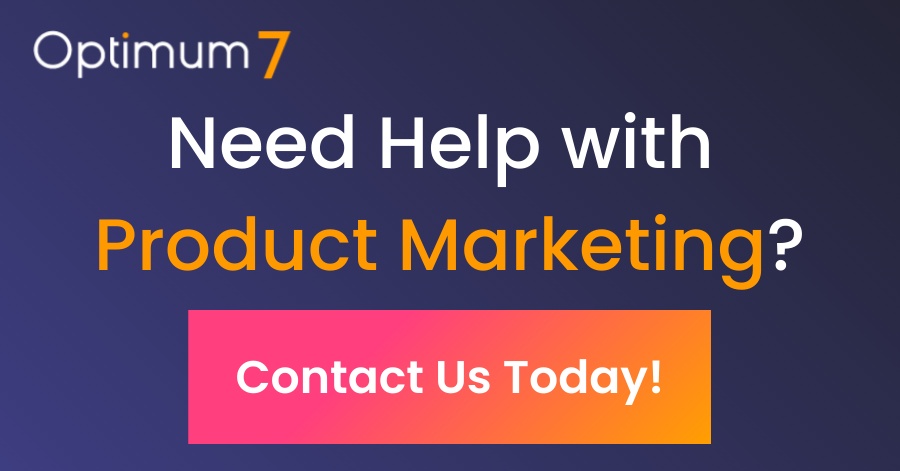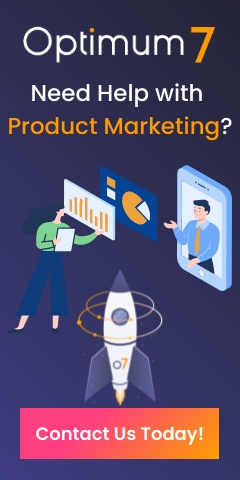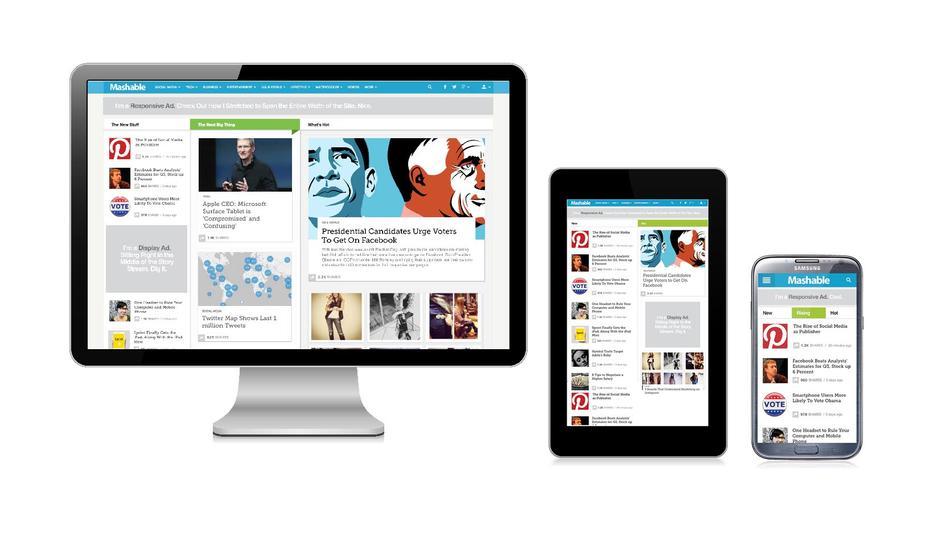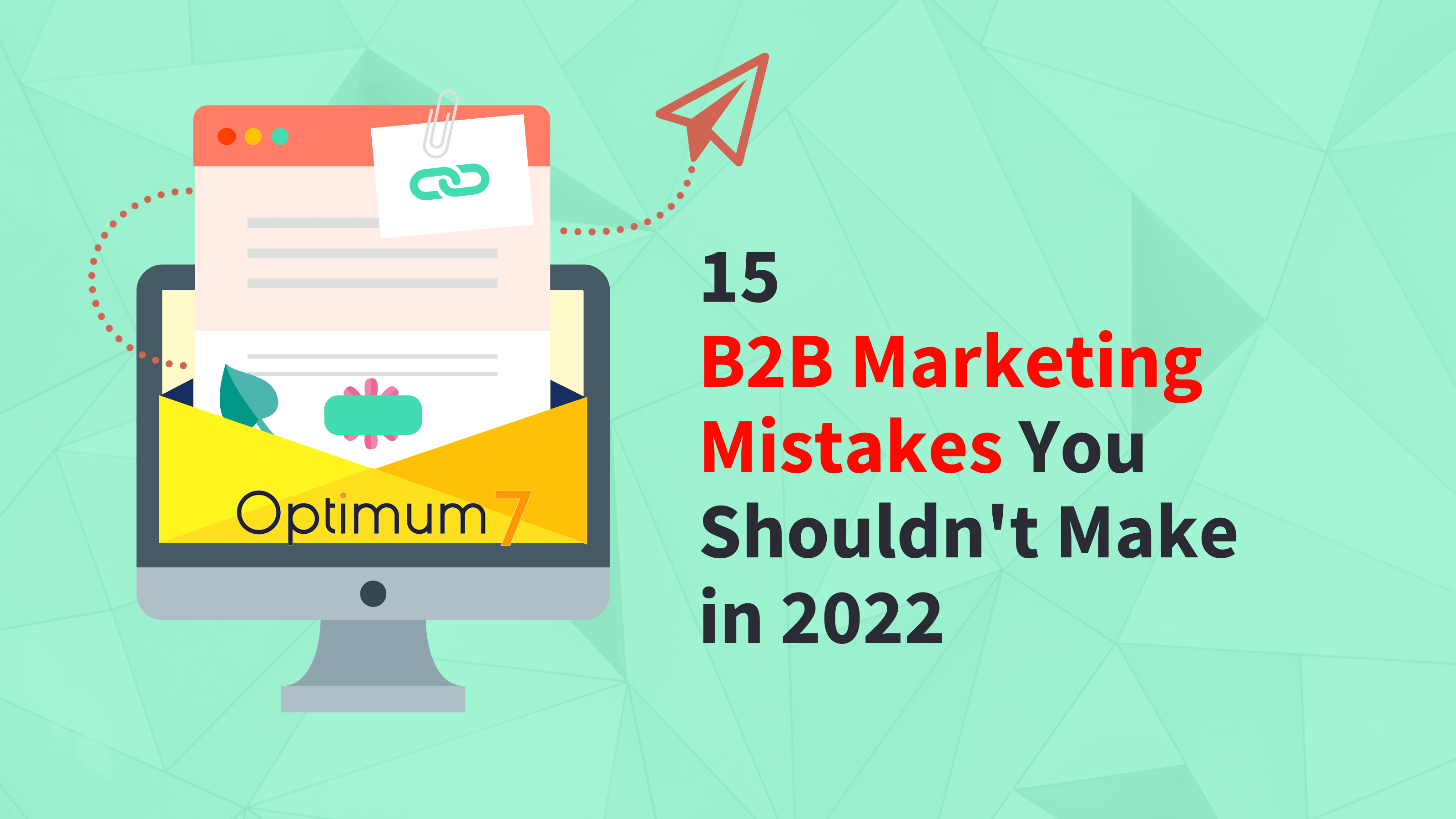 Advancements in technology have empowered many software developers to find their online niche. Everyday people are registering for a variety of online tools and incorporating them into their personal or business lives. While many people may find your service useful, you may not be generating the kind of revenue you had anticipated upon the release of your web based tool. So how can you draw more customers and increase your revenue? Do you have a strategy? Are you doing or saying things to turn people away? Let’s see…
Advancements in technology have empowered many software developers to find their online niche. Everyday people are registering for a variety of online tools and incorporating them into their personal or business lives. While many people may find your service useful, you may not be generating the kind of revenue you had anticipated upon the release of your web based tool. So how can you draw more customers and increase your revenue? Do you have a strategy? Are you doing or saying things to turn people away? Let’s see…
People DON’T Like “Trial”
First and foremost, you need to determine the following:
Are you expecting short or long term customers?
If you’re expecting long term customers, you certainly should not say “free for 30 days” as this is limiting. On the other hand, if you’re expecting short term customers, giving your software away for free for 30 days will not make you a profit either. So, either way you look at it, a “free for 30 days” Call to Action (CTA) will set you back and limit your tool’s ability to go viral and make you a hefty return.
Such CTAs are so overused that the online community has now become numb to them. More often than not, we’re left asking the following…
“What will happen after 30 days?”
If your software is no longer free after thirty days, skip the “free for 30 days” call to action, which leaves people wondering how expensive it will be when the trial is over, and instead offer them the least expensive or simplest package you provide in your call to action.
People DO Like Transparency
It’s really all about the psychology of consumers. Think about it. If you’re initially told that that something is free, and even if you know in the back of your mind that you will have to pay for it later, it’s the last thing you want to do. When we’re told that something is free, it often triggers something inside of us that makes us feel like we shouldn’t have to pay for it later. So why not try a different approach?
Think about the CTA, or call to action, “$300 / mo, free to try for the first month”. This tells the consumer exactly how much it costs per month, which means they will be less suspicious of your offer. By offering the first month free, you are inviting them to try your software at no risk. This is the kind of transparency consumers are looking for when making a purchase.
Provide a Free and Public Version
Better yet, why not let people try out your tool without even having to register for it? In order to not overwhelm your customers, you can request some initial information like their email or phone number but leave the rest of your Q & A session until later. If the user is still using your software weeks later you can request some more information. This makes the process less painful or annoying for them as you will be able to collect all the information and use it to make registration a much more pleasant process.
Don’t Limit the Feature, Limit the Usage
Do not start out offering your customers the premium version of your software. Customers will not be able to get the full picture of what the tool actually does. By initially offering a basic version of your software, you will give them a taste of how helpful your software is. If they like your basic version and find it helpful, they will engage, find those features that are not yet available to them and then you can rest assured that they will pay for a premium version, assuming you provide actual value in your premium version.
Show a Preview
If you are still having trouble increasing the number of people who purchase your software, you can provide them with a preview. However, a successful preview requires a few things, including:
- A time limit on how long the user can play with the features and see what the software does.
- A limit on how many items are allowed to be presented or processed.
- A limit on how frequently it can be used.
Really let people see what your software is capable of, don’t limit the features. This will make them want your tool. By limiting the usage, you increase the likelihood that they will convert.
Focus on Quality Leads NOT Sales
In my honest opinion, it is a classical marketing mistake that companies make. They often focus on selling the product by any means. Instead, I suggest that you focus on demonstrating your product and catching the attention of customers who are actually interested in what you are offering, rather than trying to sell it to anyone with a pulse. By narrowing your focus, you will get a greater return on investment for the time and money you spend advertising.
To attract interested prospects, try to analyze user behavior using a web tool and create a prediction based on the pages visited and the time spent on them. Put a weight on pages. If a user spends more time on some pages, this usually means that they are more interested in the product, which means you can focus on them, rather than random page visitors.
Registration Reminder
Email spam is the worst. Isn’t it? So don’t do it to your users! If customers have trusted you with their email address, it’s acceptable to send them a “Registration Reminder” as long as you don’t forget to include an unsubscribe link!
Activity Reminder
Have you noticed long periods of inactivity from particular users? If people haven’t used your tool for quite some time, it’s okay to give them a little nudge. Why not try emailing them and giving them something juicy? For instance, offer exclusive data, the kind that only premium users can get. Surely this will wake them up from their slumber. You can even try giving away one month of premium membership so that users are inclined to use it before it expires.
Create Tension
Again, it’s all about the psychology of the purchaser. While it’s recommended to show a preview, it’s also important to create mystery around your tool. Don’t give up everything in one page. The key is to strike the right balance between showing something that attracts users but also makes them wonder and suggests to them that they will benefit if they continue through the registration process and purchase your tool.
Always Request Feedback
It’s impossible for tool developers to know everything. That’s why the secret to success lies in the feedback you receive from people who have used your software. Whether it’s positive or negative feedback, people usually like to offer their thoughts and suggestions. It’s important that you take this feedback and use it to better your product. Always remember that at the end of the day, they are the ones that are using it and paying for it.
If you seek more customers from your site visits, you may need a little boost. We can help you with specific strategies and ideas for your business to actually convert consistently increasing numbers of visitors into users. If you have any questions, contact us. The initial consultation is free.
Editorial by Lisa Sherman.





